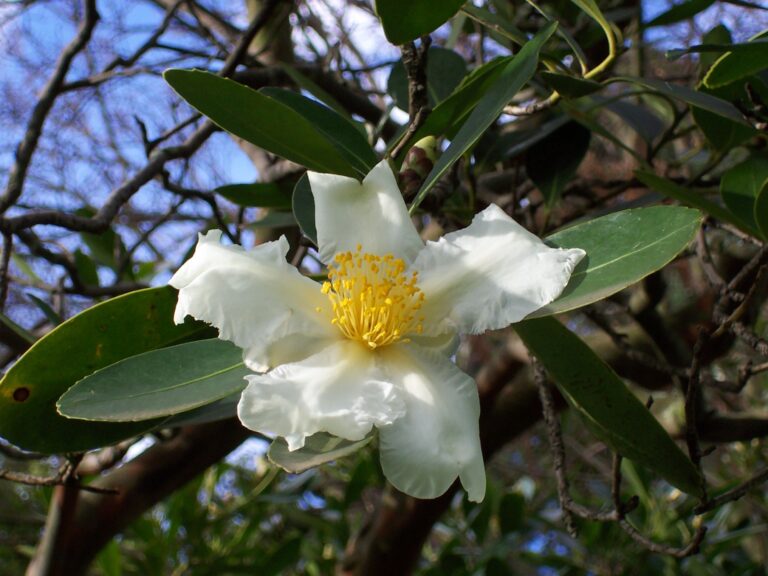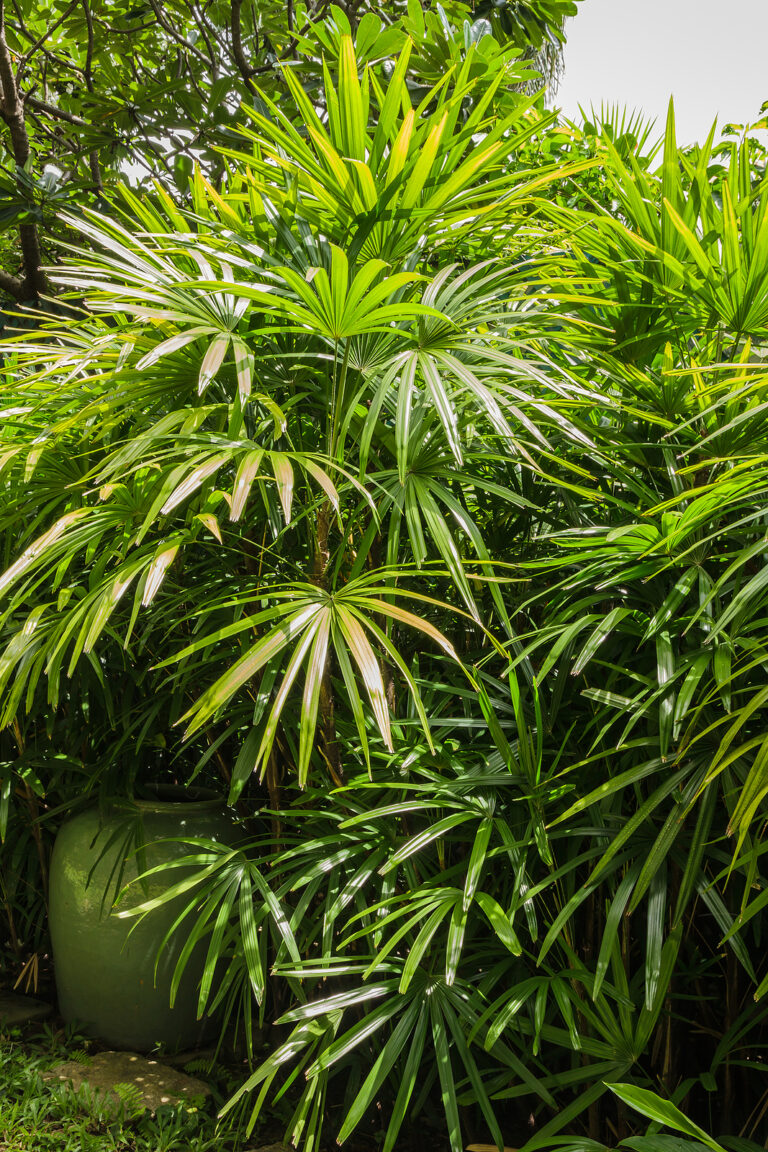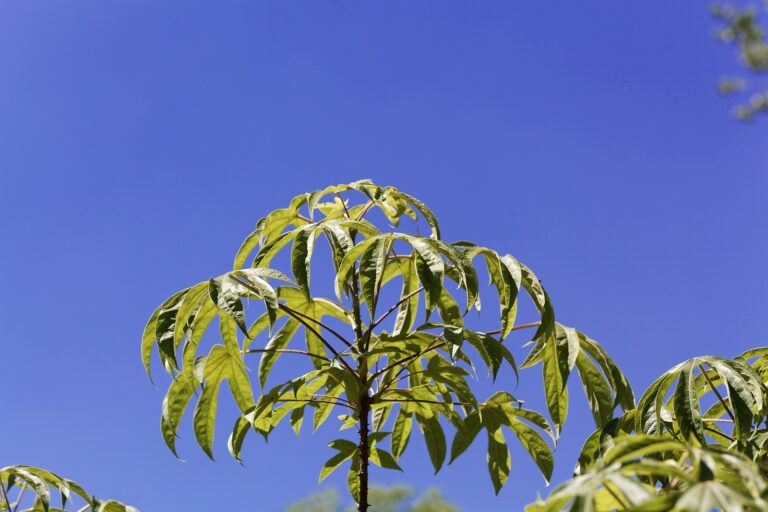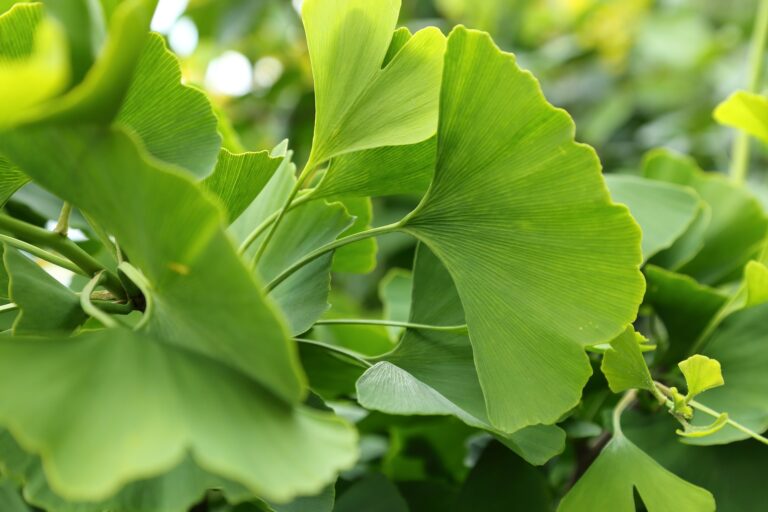How to Grow Arbutus – Strawberry Tree
Arbutus–commonly called Strawberry Tree–is an evergreen shrub or tree that is cultivated for its decorative bark, flowers, and fruit. The bark is smooth, red-brown, and often peeling. The flowers are small urn-shaped and white or pink. The fruits are yellow or red and look like miniature strawberries.
Arbtus is a subtropical plant; it grows best where winters are mild. As a shrub Arbutus can be grown in a large shrub border or woodland garden. Grown as a tree, Arbutus is a good specimen plant with its colorful bark, flowers, and foliage.
Arbutus grows best in humus-rich, acidic soil, but it will tolerate alkaline soil. Arbutus should be protected from wind even when mature.
Arbutus is a genus of about 14 species of evergreen trees and shrubs native to the Meditteranean and from Western North America to Mexico and Guatemala.
Get to know Arbutus
- Plant type: Evergreen trees and shrub-trees
- Growing zones and range: Zones 7 to 9
- Hardiness: Hardy to Zone 7
- Height and width: Grows 15 to 20 feet (6m) tall and wide; A. menziesii can grow to 50 feet (15m) tall and wide.
- Foliage: Simple, toothed, leathery leaves arranged alternately
- Bark: Smooth, peeling, red-brown bark
- Flowers: Small, urn-shaped white or pink flowers are borne in terminal clusters.
- Bloom time: Spring and summer
- Fruit: Spherical, warty yellow or red fruit less than inch across ripen red in autumn; fruits look like small strawberries
- Uses: Shrub border, woodland garden, specimen tree
- Common name: Strawberry tree
- Botanical name: Arbutus
- Family name: Ericaceae
- Origin: Western North America to Guatemala, also the Meditteranean region
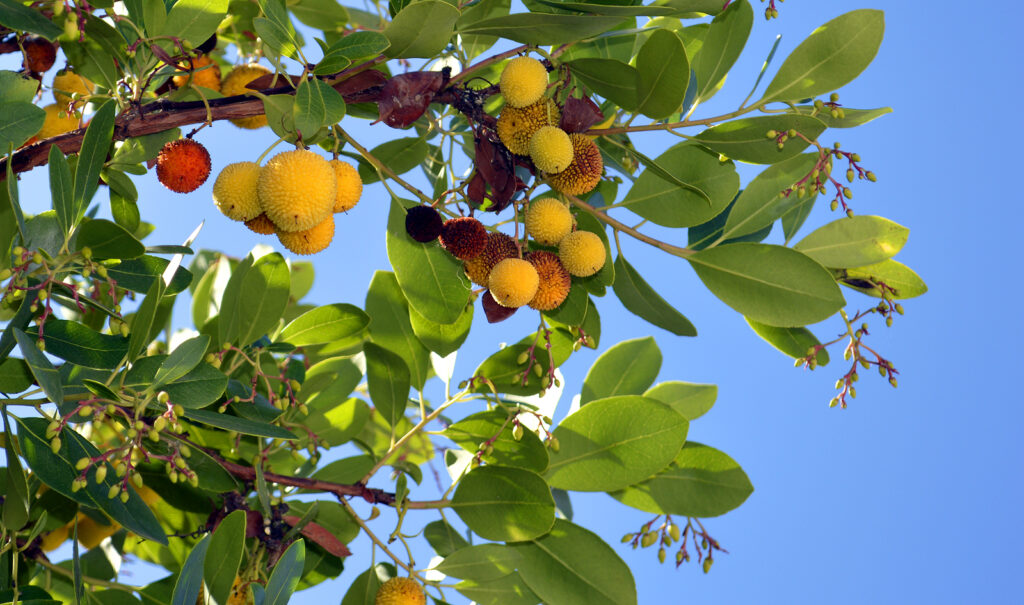
Where to plant Arbutus
- Plant Arbutus in full sun; it can tolerate some shade.
- Plant Arbutus in humus-rich, well-drained soil; it can tolerate alkaline soil and salt.
- Protect Arbus from wind even when mature.
When to plant Arbutus
- Plant container-grown Arbutus in the garden in spring or autumn.
Planting and spacing Arbutus
- Space Arbutus 20 feet (6m) apart.
How to water and feed Arbutus
- Give Arbutus regular when young. Mature plants will tolerate drought.’
- Fertilize Arbutus with an all-purpose, organic fertilizer in spring.
Arbutus care
- Arbutus does not require pruning, but gardeners wanting to control its size can trim it in late winter.
Arbutus pests and diseases
- Arbutus is susceptible to a wide variety of leaf spot.
- Arbuts can be attacked by tent caterpillars and scale insects.
Arbutus propagation
- Sow seeds when ripe (the year after flowering) or take semiripe cuttings in late summer.
Arbutus varieties to grow
- Arbutus ‘Marina’. Hybrid of uncertain parentage can grow to 40 feet tall, usually less. Resembles A. unedo but has larger leaves, rosy pink flowers in fall. Good garden substitute for A. menziesii.
- A. menziesii. Madrone, madrona. Pacific Coast native with round-headed grows 20 to 100 feet tall. Smooth, reddish-brown bark peels in thin flakes. Leathery, 3 to 6 inch-long leaves are shiny dark green on top, dull gray-green beneath. White to pinkish spring flowers. Red-and-orange berries ripen in autumn.
- A. unedo. Strawberry tree. Slow to moderate growth to 8 to 35 feet tall and wide; tends to be a small shrub in Southeast, much larger in California. Trunk and branches have shreddy red-brown bark. Plant becomes twisted and gnarled in age. Dark green, red-stemmed leaves 2 to 3 inches long. Clusters of flowers and fruit often appear simultaneously in fall and winter. Small, white or greenish-white flowers; red-and-yellow, ¾-inch bland tasting fruits resemble strawberries. Cultivars include ‘Elfin King’, a dwarf form that grows not larger than 5 feet tall; it flowers and fruits nearly continuously; ‘Compacta’, seldom exceeds 10 feet tall; and ‘Oktoberfest’ grows 6 to 8 feet tall with deep pink flowers.


